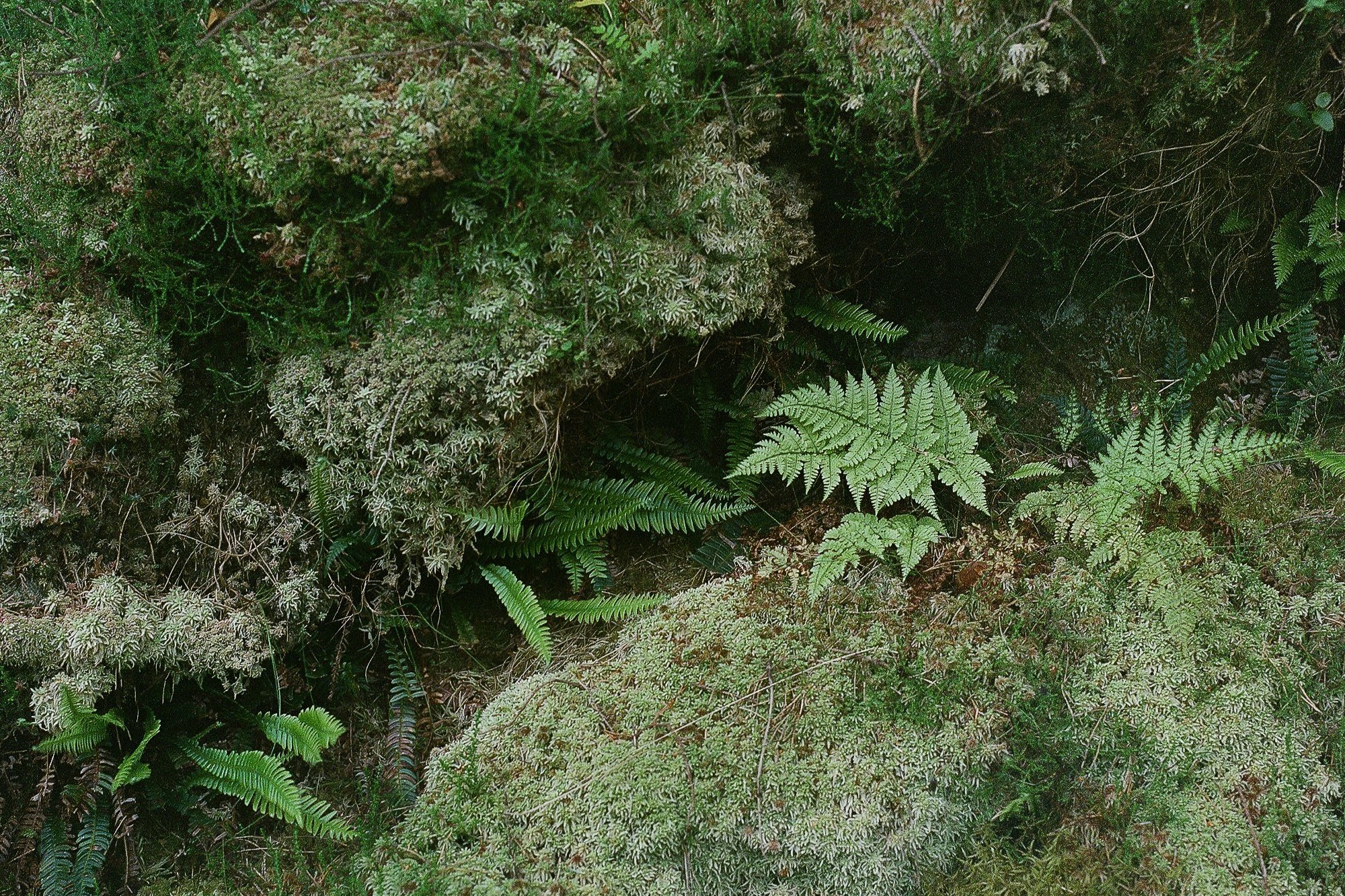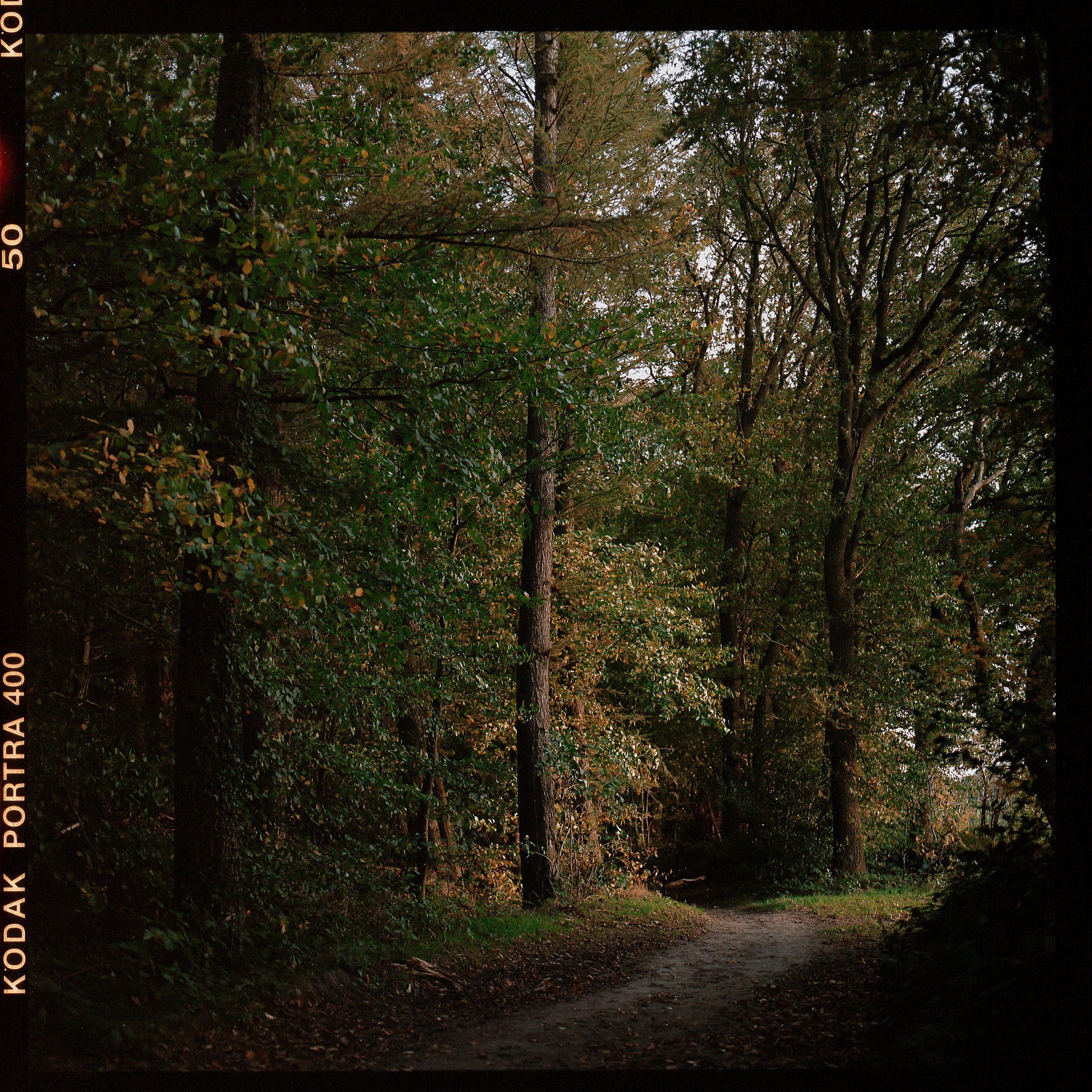
Under the earth, the trees are talking.
Below the ground, trees form symbioses with various life forms, including animals, plants, fungi, and microbes. From hub to node, networks of roots are busy transmitting signals, nutrients, and other biochemicals, creating a dynamic subterranean community at work.
Science supports the negation of the dichotomy between humans and nature and the recognition of the agency of nature and sentience in forests, particularly among trees, plants, and fungi. This knowledge is not new; some Indigenous groups have long understood that humans are not separate from nature but are one with it. Although this perspective has been extensively discussed within the Environmental Humanities, it has yet to become common knowledge. As Haraway suggests, we should “make kin, not babies,” Simard’s research has further demonstrated that trees form kinships through their interconnected networks.
In the modern world, actions are often taken seriously, if at all, only when they are scientifically proven. Although the “Wood-Wide Web” concept and its conclusions remain hotly debated among scientists, it has influenced public imagination and beliefs about nature in ways that are beneficial to us, addressing anthropological, cultural, and philosophical questions that are currently widely discussed. While resonating with Indigenous and non-Western wisdom and knowledge, Simard's studies have provided evidence that trees indeed form kinships. Trees are connected through a complex, synergistic network where biodiversity flourishes through plant communication. These forest networks survive and thrive thanks to the diversity and community sustained by their biochemical communication.
What about our imagination? Did we ever envision that plants could “talk,” and if so, how? Do we ever consider them as active agents, participants in the world, actors in their own right, rather than passive objects? This research raises important, ongoing questions about how media—particularly visual representations—shapes our relationship with nature and influences our imagination. The study seeks to explore the history of imagery related to nature, with nature itself as the subject.
Writing in progress — inspired by the Mother Tree Project led by Suzanne Simard and the works of Anna Tsing and Donna Haraway.
















